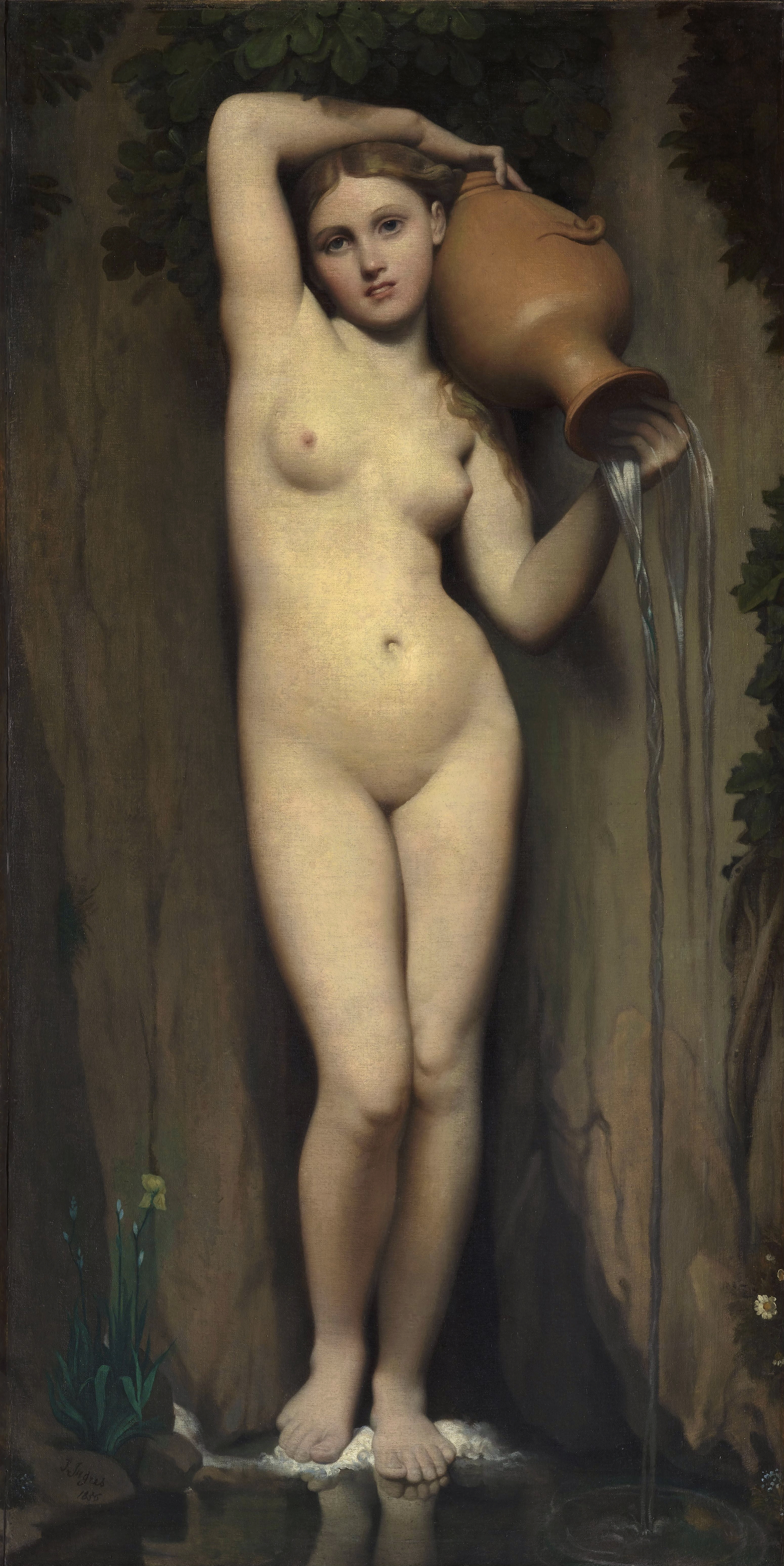Theme and Variations: Napoleon I on his Imperial Throne
7:00 AM
Relating Music and Art
Curated by Becky Reilly
 |
| Jean-Auguste-Dominique Ingres, Napoleon I on his Imperial Throne, 1806 |
The Neoclassical era represented a departure from the supposed frivolity of the Baroque and sought a return to Classical civilization. Art became more subdued and stately, and Roman and ancient Greek symbolism began to infiltrate architecture, music, and other media. Jean-Auguste-Dominique Ingres, Napoleon Bonaparte's contemporary, bedecked his emperor in such in Napoleon I on his Imperial Throne. He holds Charlemagne's scepter in his right hand, recalling the glory of the Holy Roman Empire, and celebrates the earlier Romans with his golden, Caesar-like laurel wreath. On the rug, elevated by the step, lies the French Imperial Eagle, Bonaparte's own battle standard. As Napoleon had seized the art stores of conquered kingdoms and transported them to the Louvre, Ingres had the opportunity to model his paintings on those of the old masters. But critics disliked his interpretation of Napoleon at his coronation for its seeming confrontation and coldness.
Beethoven initially named his Third Symphony (Eroica, 1804) for Napoleon, believing he embodied the admired tenets of the French Revolution. But Napoleon realized that stability was more crucial for France than continued pursuit of revolutionary idealism. When Napoleon established his imperial rule in France, however, Beethoven denounced him as a dictator and destroyed his symphony's title page that carried the dedication. The lengthy piece displays a large range of emotion, even within each movement. It portrays the cycle of life, from a heroic march to funereal music and back. The driving rhythm and incorporation of martial instruments evoke combat and triumphal marches. The piece testifies to military and ideological heroism, enlightenment in the face of absolute monarchy, an idea it will not relinquish even as its movement in France dissolves.
Beethoven and Ingres present quite different portraits of the emperor. Ingres, a student of Napoleon's court painter Jacques-Louis David, attempts to portray Napoleon as a new Augustus Caesar, founder of an empire.











0 comments